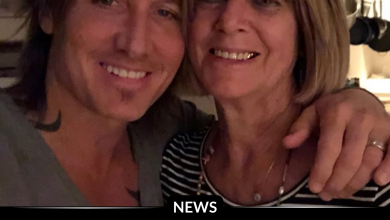Michael Jackson’s Mother Rejects the “Self-Destruction” Narrative, Pointing to Negligent Medical Use of Propofol
OPINION: This article may contain commentary which reflects the author's opinion.
The death of Michael Jackson on June 25, 2009 remains one of the most examined events in modern pop culture history. Medical reporting and court records established that the global star died from acute propofol intoxication, with a benzodiazepine effect also present. The anesthetic — normally used in hospital theatres under constant monitoring — was administered privately in the singer’s bedroom while he struggled with severe insomnia in the run-up to London concert rehearsals.
Jackson’s personal physician at the time, Dr. Conrad Murray, admitted he had provided propofol in that environment. In 2011 he was convicted of involuntary manslaughter for his role in the circumstances that led to the death. Court testimony underscored that the drug was never intended to be used as a night-time sleep aid at home and that adequate hospital-style safeguards were not in place.
This legal outcome is central to how Jackson’s family — and especially his mother, Katherine — frame the tragedy.
Public commentary has often treated Jackson’s long, documented history with prescription pain treatment as the central cause, linking it to dependency that began after the 1984 Pepsi commercial accident and continued across later decades. But Katherine Jackson rejects the narrative that her son “dug his own grave.” She emphasizes that the anesthetic that ended his life was not part of a long trend of self-directed harm, but the result of clinical decisions made by a doctor.
Her line — “That was someone else’s crime, not Michael’s choice” — is more than a rebuttal. It distinguishes between a public figure who coped with pain and scrutiny for decades, and a specific clinical event that was judged by a court to be negligent and unsafe.
The tension between those two narratives — self-inflicted collapse versus a deadly medical lapse — remains the fault line in how his final chapter is understood.



